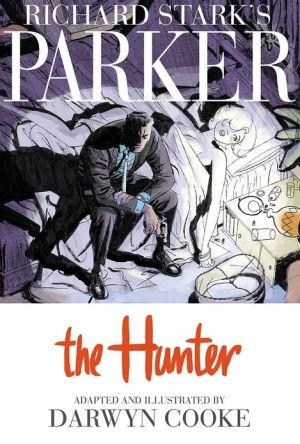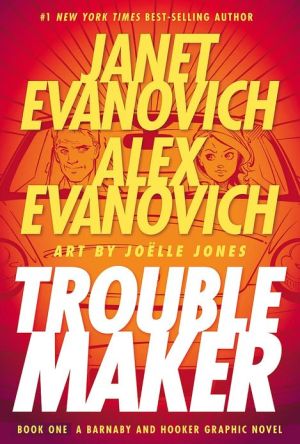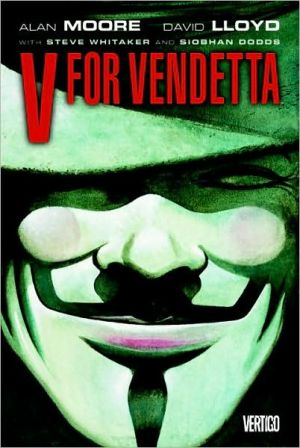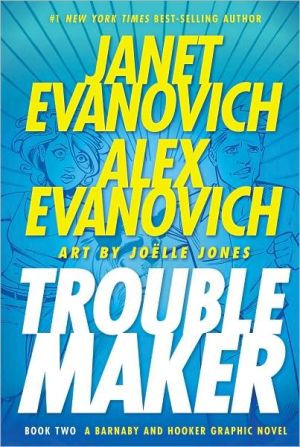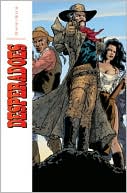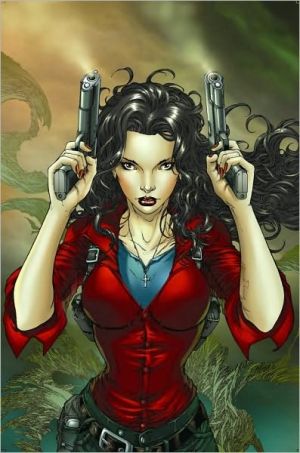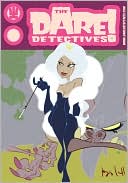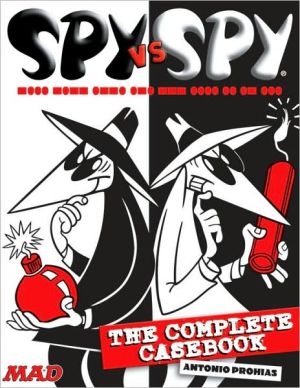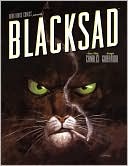Parker: The Hunter
The Hunter, the first book in the Parker series, is the story of a man who hits New York head-on like a shotgun blast to the chest. Betrayed by the woman he loved and double-crossed by his partner in crime, Parker makes his way cross-country with only one thought burning in his mind - to coldly exact his revenge and reclaim what was taken from him!\ Richard (Donald Westlake) Stark's groundbreaking Parker books are adapted for the first time as a series of graphic novels by Darwyn Cooke. The...
Search in google:
The Hunter, the first book in the Parker series, is the story of a man who hits New York head-on like a shotgun blast to the chest. Betrayed by the woman he loved and double-crossed by his partner in crime, Parker makes his way cross-country with only one thought burning in his mind - to coldly exact his revenge and reclaim what was taken from him!Richard (Donald Westlake) Stark's groundbreaking Parker books are adapted for the first time as a series of graphic novels by Darwyn Cooke. The initial graphic novel brings to life the first Parker book, The Hunter, which introduces readers to the dangerous anti-hero's cold and calculated world of criminals, thugs, and grifters.The Barnes & Noble Review The Hunter, Donald Westlake s first novel concerning tough-guy criminal Parker (issued originally under the pseudonym Richard Stark), masses a trim 198 pages. This graphic-novel adaptation of this caper, illustrated by Darwyn Cooke, weighs in at 140 pages. Given the fabled thousandfold ratio of pictures to words, this statistic should tell you that the new version is an uncommonly faithful retelling. But what mere numbers won t reveal is how authentic the book feels, as a movie-on-paper capture of Westlake's original ambiance and tone. Anyone who read Cooke s '50s superhero saga DC: The New Frontier, knows Cooke s flair for limning America in her postwar, populuxe, pre-swinging-'60s glory. Given the 1962 setting of The Hunter, Cooke is in his glory, drawing seedy settings and characters. Anyone who read Cooke s Spirit stories knows of his facility depicting Eisnerian gangsters and femmes fatales, and his portraits here translate Westlake s descriptions with flair and accuracy. And anyone who read Cooke s Catwoman heist tale, Selina s Big Score, knows of his affinity for the crime genre. In short, this talented artist-writer is the perfect fellow to adapt Westlake, and he never falters. He retains Westlake s convoluted chronology and shifts in perspective without baffling the reader. He makes very few cuts and interpolates very little new material. Dialogue and narration comes straight from Westlake, although certain swears forbidden in 1962 are now intermixed for verisimilitude, and a couple of the killings are grimmer. This is one of those rare instances where translation to another medium produces a work which not only honors the original but also reveals new angles and aspects to the story, in a manner unique to the new format. --Paul DiFilippo
\ Douglas Wolk…a near-perfect match of artist and character. Cooke's a powerful enough cartoonist that his images do most of the heavy lifting here…At times, he seems to be demonstrating how few brushstrokes it can take to communicate a precise degree of amoral machismo. Parker's a very bad man, but it's hard to take your eyes off him.\ —The Washington Post\ \ \ \ \ George Gene Gustines…a wonderfully engrossing graphic-novel adaptation…While the situations may be Mr. Stark's, the stylized imagery is Mr. Cooke's. (At this point in his career, I would happily buy his graphic adaptation of a phone book)…Mr. Cooke depicts his characters with such emotion and conveys so much with gesture and composition that, except for the specifics of the hijacking, you could almost follow the story by the images alone. And when the words and graphics are in harmony, the effect is deliciously brutal.\ —The New York Times\ \ \ Cooke has transformed the first volume of the late Donald Westlake's long-running Parker series (written under the pseudonym Richard Stark), about an indomitable outlaw, into a smashing graphic novel, making its ferocious mood and retro aesthetics the stars of the show. Parker belongs to the bottom of the urban jungle's economic strata, but the top of its food chain—anyone who stands between him and his revenge is doomed, whether they're trying to resist him or just happen to be in the way. As the book begins, he's returning to New York City in the Kennedy era with murder in his eyes: double-crossed by his wife and partners, he's come back to kill whoever needs killing to get his money. Cooke has a real affinity for the tough-as-hammers tone of Westlake's story. His Parker doesn't seem to enjoy or dislike slaughter (or anything else); he's just doing what it takes to reach his goal, with a certain dispassionate savoir faire. And Cooke's delicious two-color artwork nails the look of the early '60s, from hairstyles and tiki bars to the illustrative technique that defined the era everywhere except for comics: angular caricatures that capture his characters' motion and expressions with a bare minimum of elegantly rugged lines. (July)\ \ \ \ \ Graphic-novel version of dark 1950s crime fiction. Donald E. Westlake, who died last year, was known mainly for his humorous caper tales, but he also wrote-under the pseudonym Richard Stark-a famous hard-boiled series featuring a stoic and brutal professional thief named Parker. The Hunter (1952) was the first of these; it had Parker exacting revenge on fellow thieves who betrayed him and was made into two films, Point Blank (1967) and Payback (1999). Canadian comic-book writer and artist Cooke (The Spirit, Vol. 2, 2008, etc.) has stylishly adapted it here as the first in a projected series of Parker graphic novels. Cooke has kept the story in its '50s setting, and his retro-flavored illustration style brilliantly fits this material. But his obvious reverence for the source at times works against him; one flashback section is so text-heavy as to nearly crowd out the illustrations. However, when Cooke frees himself from words-as in the opening pages, which have little text or dialogue-his work truly shines. Fans of the noirest noir, such as Frank Miller's Sin City series, will find a lot to like in this well-executed adaptation.\ \ \ \ \ The Barnes & Noble ReviewThe Hunter, Donald Westlake's first novel concerning tough-guy criminal Parker (issued originally under the pseudonym Richard Stark), masses a trim 198 pages. This graphic-novel adaptation of this caper, illustrated by Darwyn Cooke, weighs in at 140 pages. Given the fabled thousandfold ratio of pictures to words, this statistic should tell you that the new version is an uncommonly faithful retelling. But what mere numbers won't reveal is how authentic the book feels, as a movie-on-paper capture of Westlake's original ambiance and tone. Anyone who read Cooke's '50s superhero saga DC: The New Frontier, knows Cooke's flair for limning America in her postwar, populuxe, pre-swinging-'60s glory. Given the 1962 setting of The Hunter, Cooke is in his glory, drawing seedy settings and characters. Anyone who read Cooke's Spirit stories knows of his facility depicting Eisnerian gangsters and femmes fatales, and his portraits here translate Westlake's descriptions with flair and accuracy. And anyone who read Cooke's Catwoman heist tale, Selina's Big Score, knows of his affinity for the crime genre. In short, this talented artist-writer is the perfect fellow to adapt Westlake, and he never falters. He retains Westlake's convoluted chronology and shifts in perspective without baffling the reader. He makes very few cuts and interpolates very little new material. Dialogue and narration comes straight from Westlake, although certain swears forbidden in 1962 are now intermixed for verisimilitude, and a couple of the killings are grimmer. This is one of those rare instances where translation to another medium produces a work which not only honors the original but also reveals new angles and aspects to the story, in a manner unique to the new format. --Paul DiFilippo\ \
